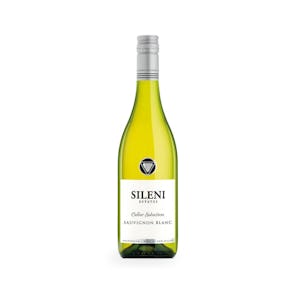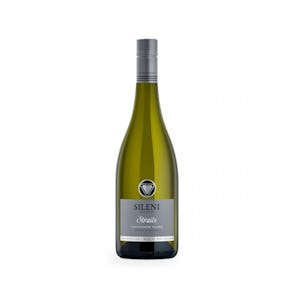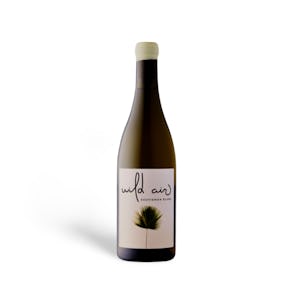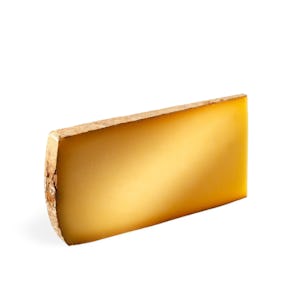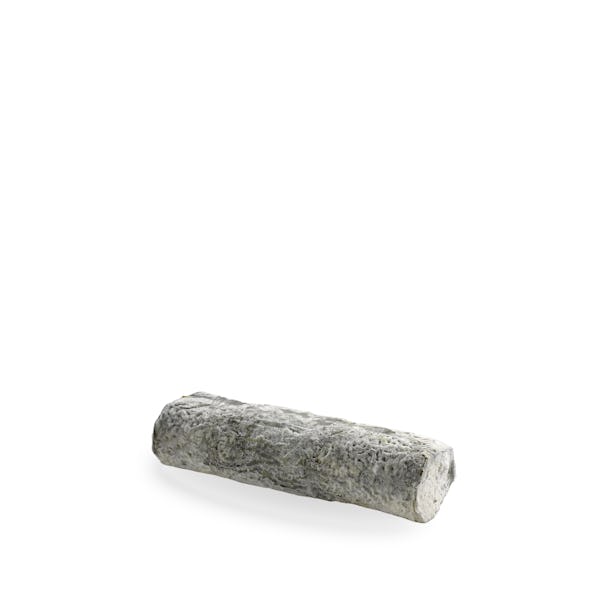
Sainte-Maure de Touraine AOC
A Much-Touted Taste
Flown in fresh just for you
This product is on preorder and the next shipment is scheduled to arrive on Tuesday Jan 27 , 2026. Your delivery will be dispatched as soon as the product arrives.
TASTING NOTES FROM THE CURATOR
Though the Sainte-Maure de Touraine can come in a variety of shapes, it is most often found as a small log with a rye straw running through its middle. After molding, the cheese is salted and covered in powdered charcoal. The straw helps the cheese keep its shape and acts as a drain to aerate it. Nowadays, Fromagerie Beillevaire laser-engraves the rods with the cheese’s name and authentication number. The cheese itself is buttery and smooth with a hint of acidity, gaining a nutty saltiness as it matures. And after 3 or 4 weeks of aging, it gains a fine, edible blue-gray rind.
PREPARATION OR PAIRINGS
This is a cheese that you take straight to the cheeseboard and enjoy with toasted baguette slices. We love it with a spoonful of Helios Black Fig Jam! You can also crumble it into salads for a light afternoon meal.
Your best wine matches will definitely come from the Loire Valley. This is a cheese more suited to white wines like Pouilly-Fume, Sauvignon Blanc, or Sancerre. Red wines may be a little more challenging to pair because of flavors in the rind can override the tannins in them. But we do recommend giving a Chinon or Bourgeuil a go!
A STRICT AND UNBENDING CRAFT
Making Sainte-Maure de Touraine is a very precise process. The cheese is so strictly monitored that a commercial version of it that does not adhere to all the standards is simply called Sainte-Maure—and does not possess AOC-protection. The non-AOC cheese does not have engraved rye straws, either. To pass the strict requirements, the cheese must come from unpasteurized milk and the curds—never frozen—must be ladled into the molds by hand, then allowed to drain naturally, sans pressing.
Storage Instructions
Cheeses (except brined ones in jars) should be stored in the crisper or the butter drawer of a refrigerator, not on the shelves themselves. This is to help regulate their temperature and humidity levels—and prevents the formation of mold. Once opened, they should not be kept in their original packaging. Soft cheeses with delicate rinds need to breathe, so they are best placed in glass containers lined with paper towels to absorb extra moisture. Leave the lid open a tiny bit for air to circulate and don’t forget to write up a label with the date you first opened the package. Your cheese will be fine for up to one month. Cheeses are air-flown from France on demand. They are meant to be consumed within 1 to 2 weeks of their arrival at your residence.

